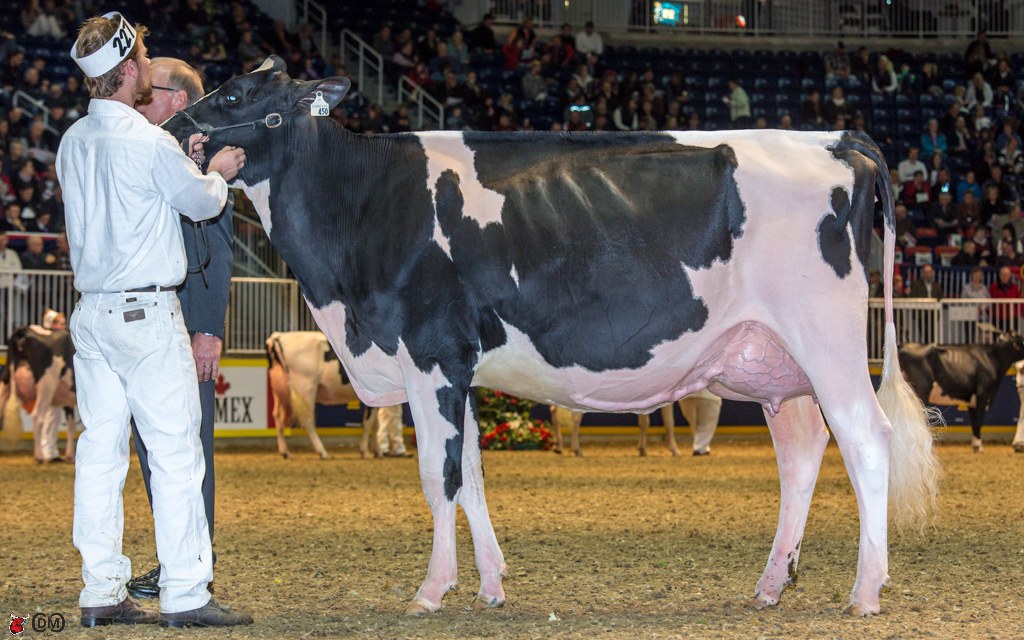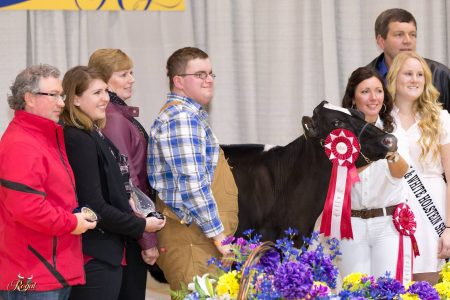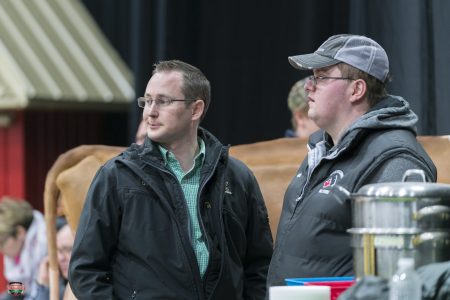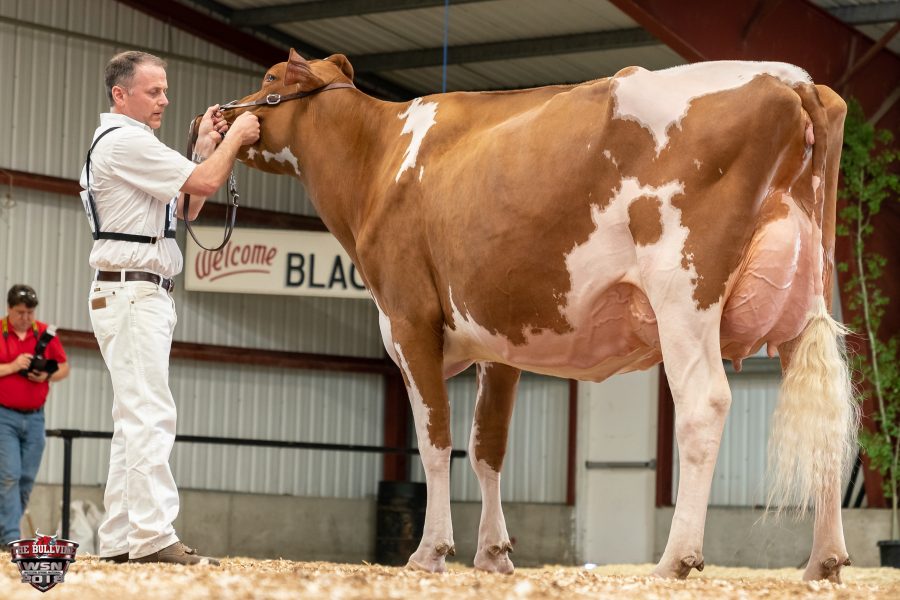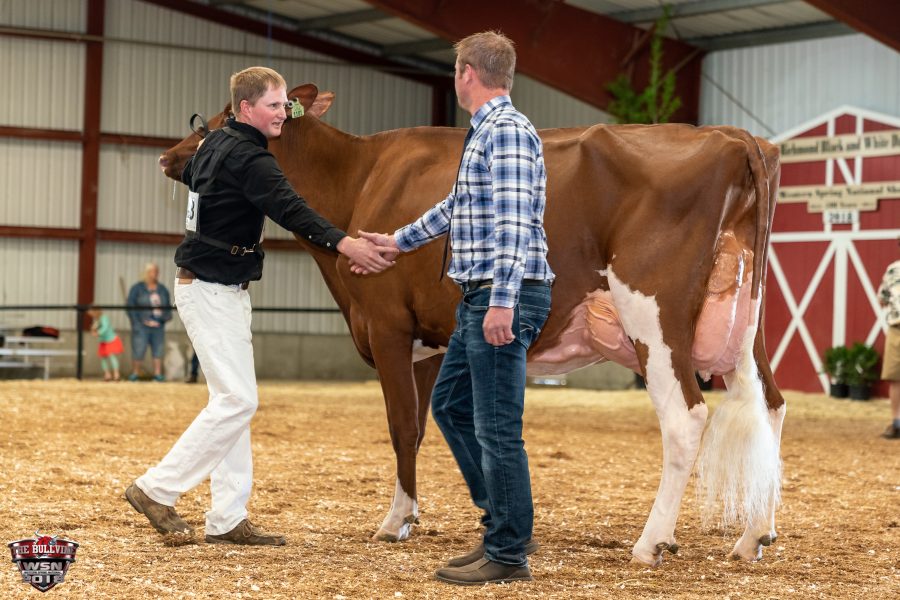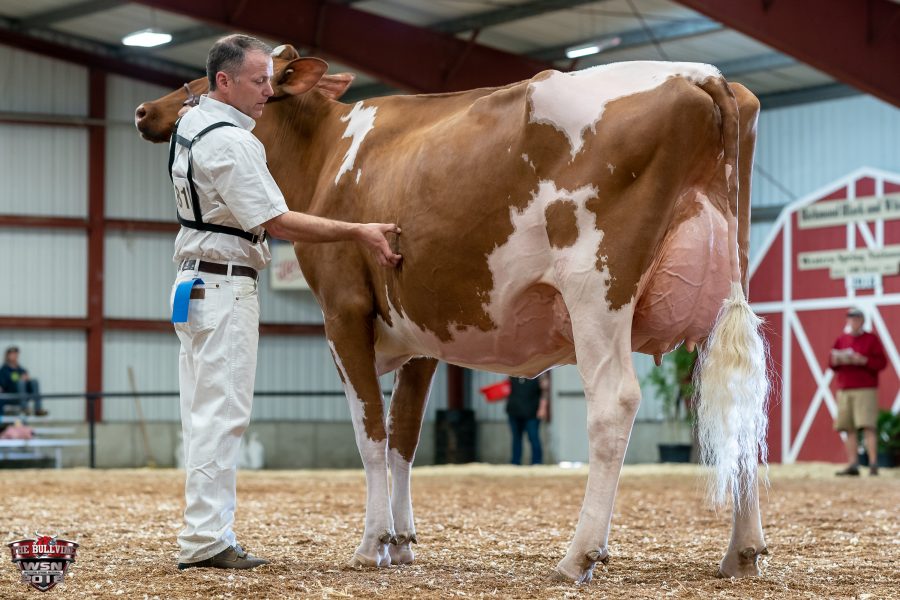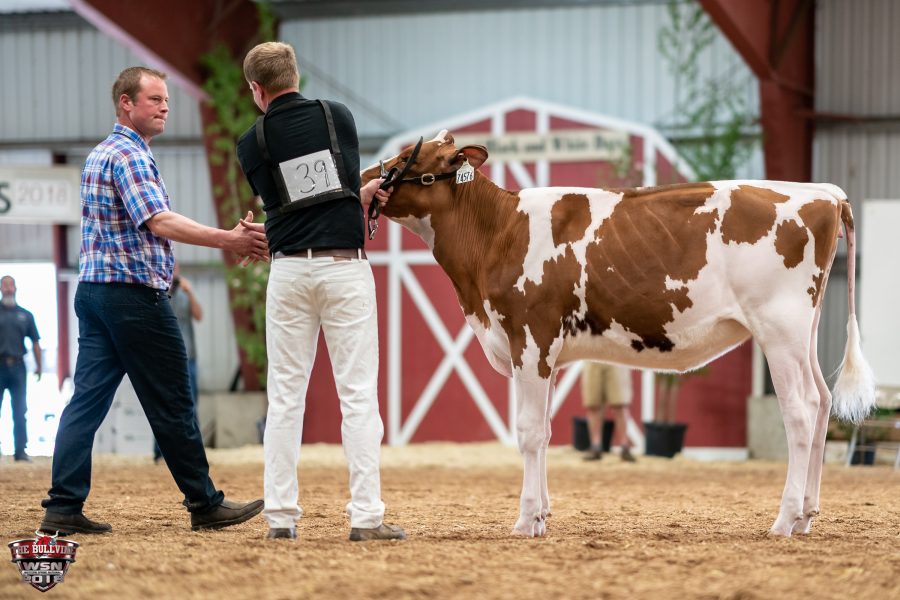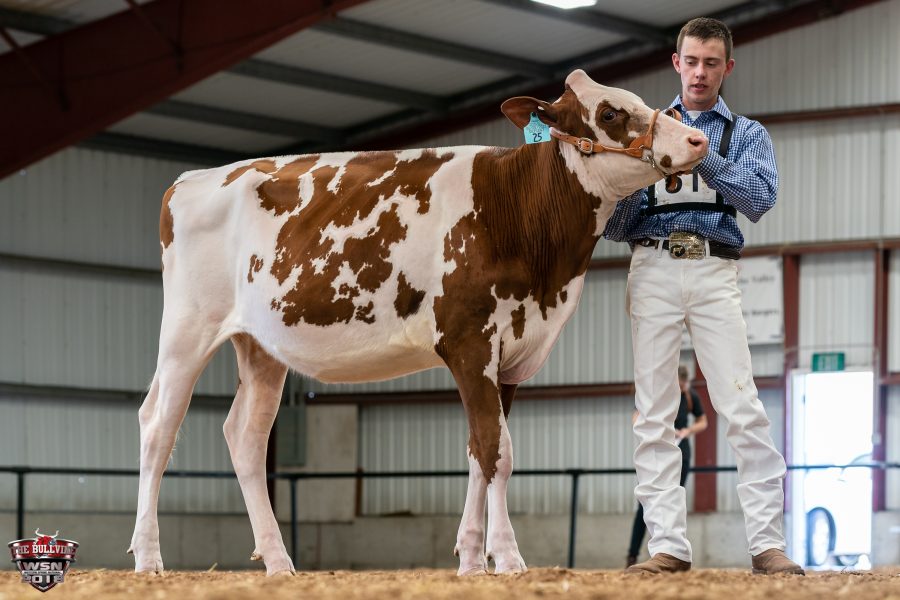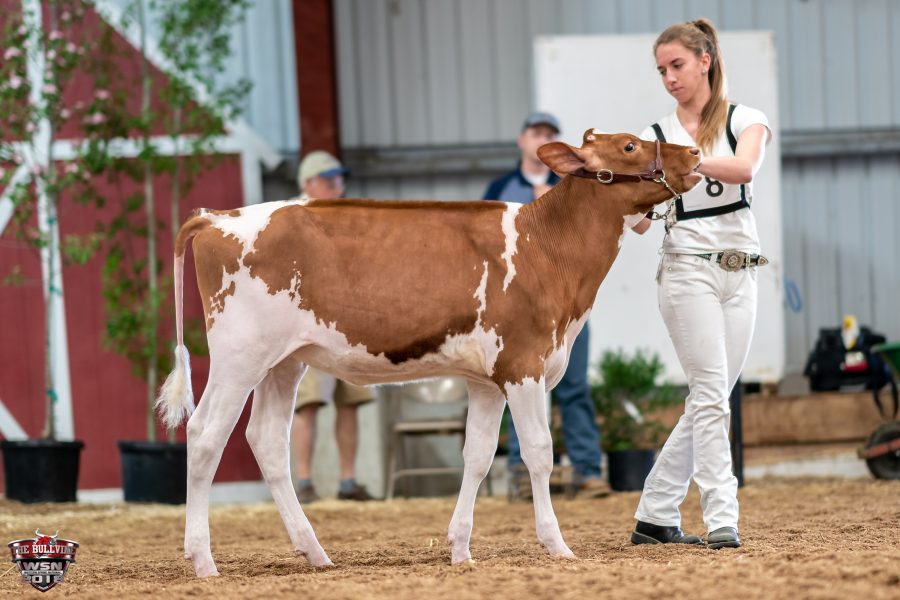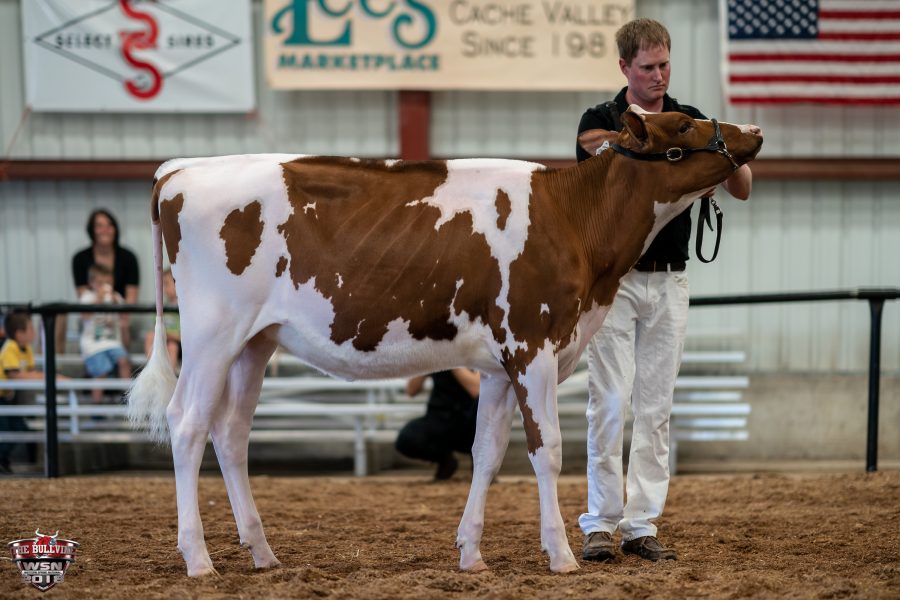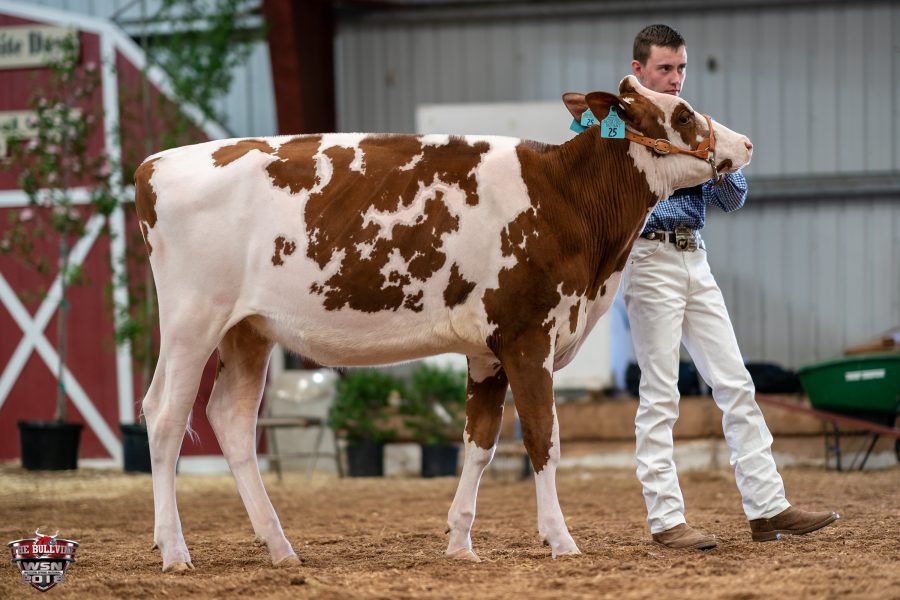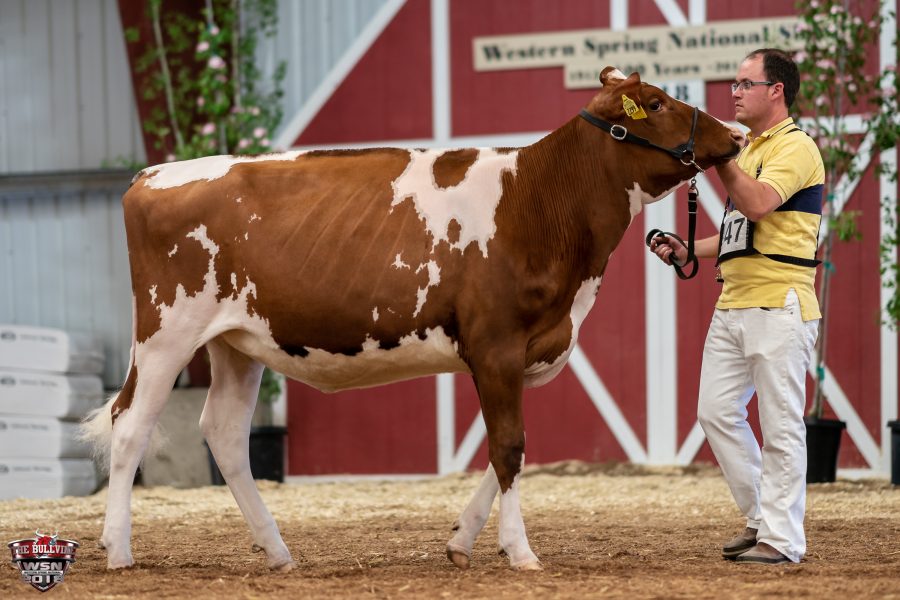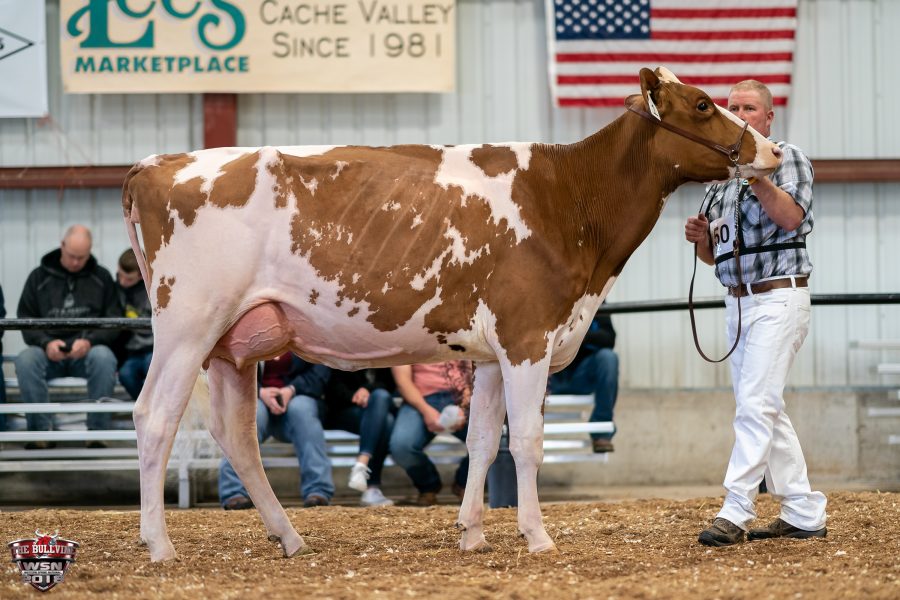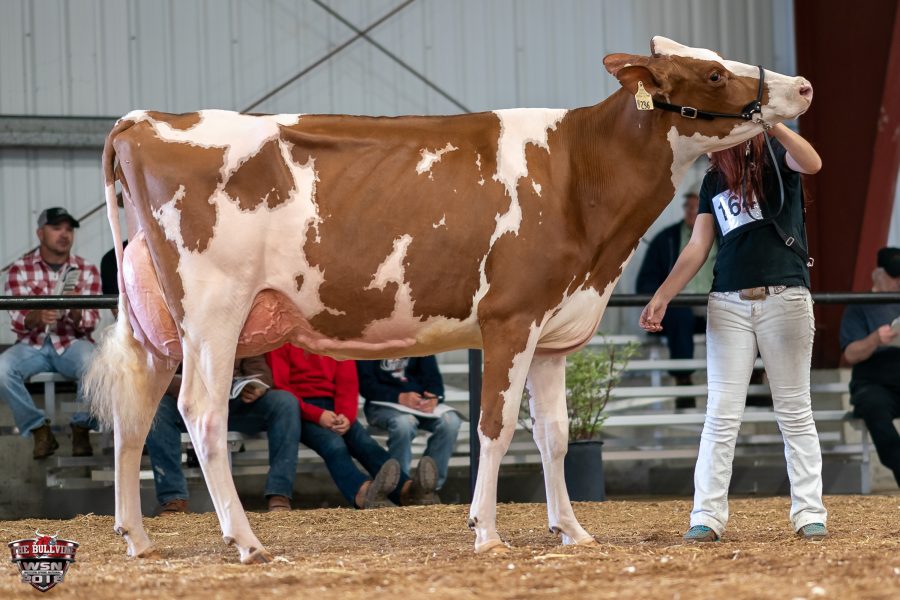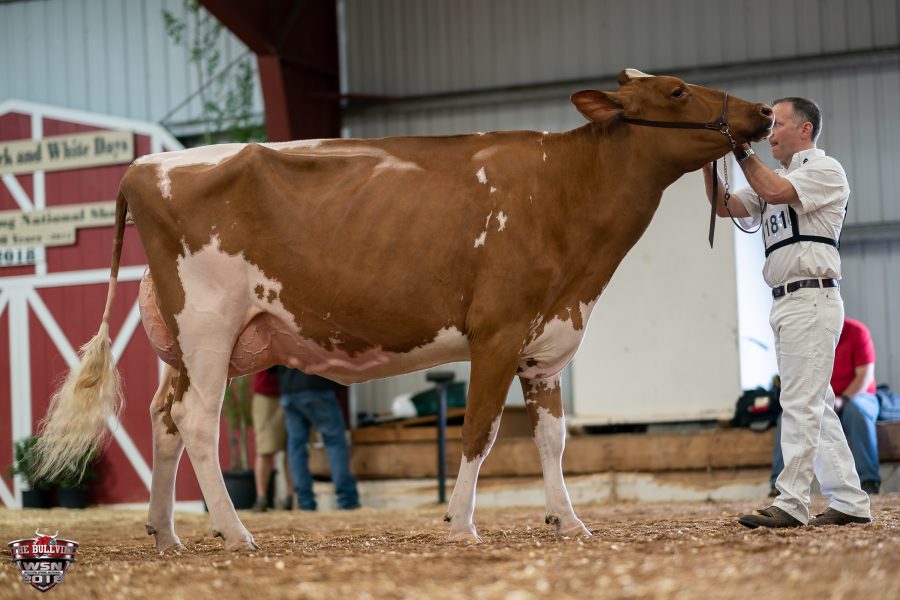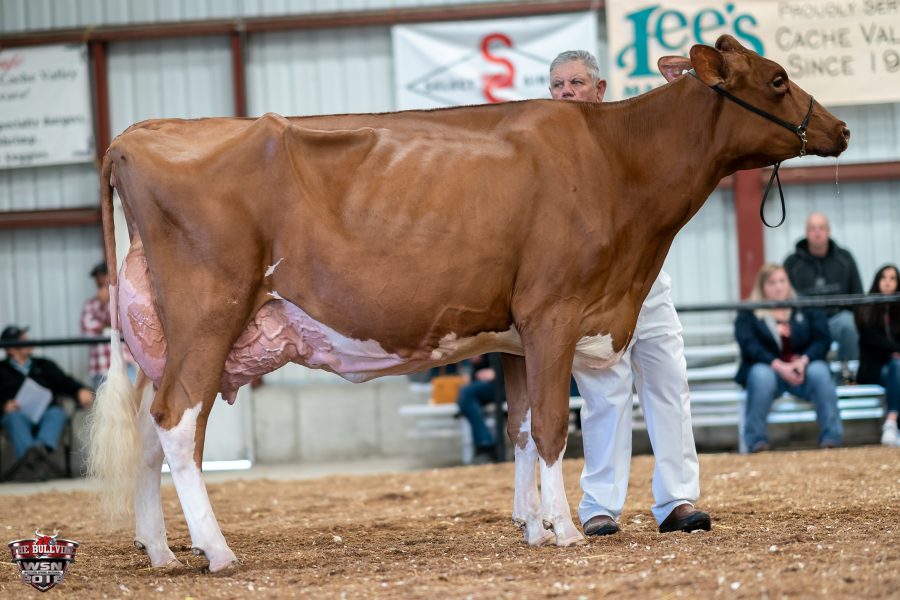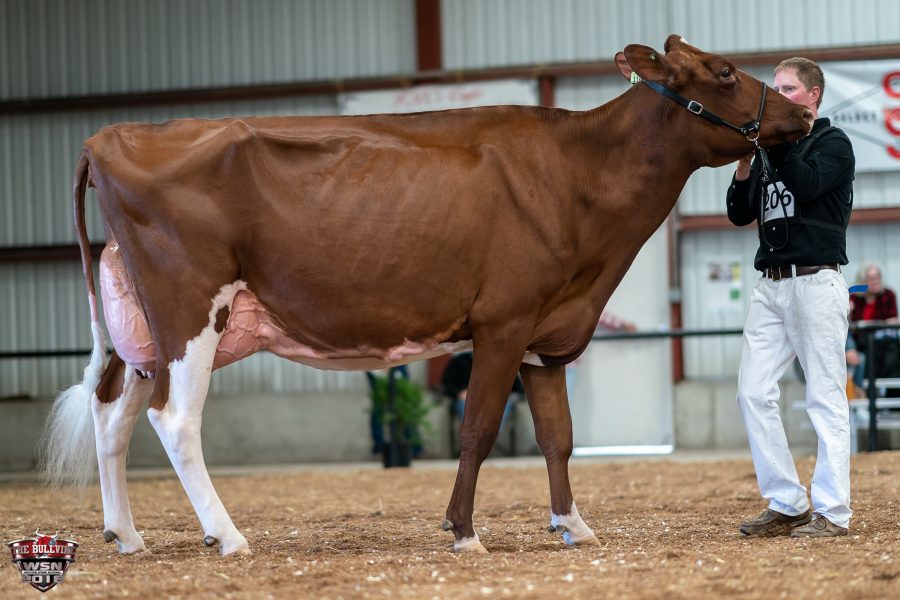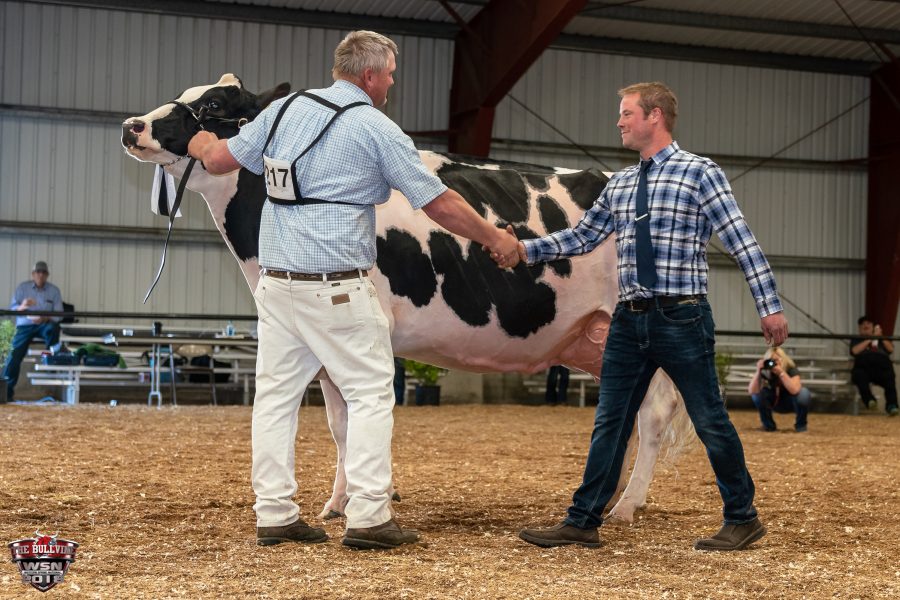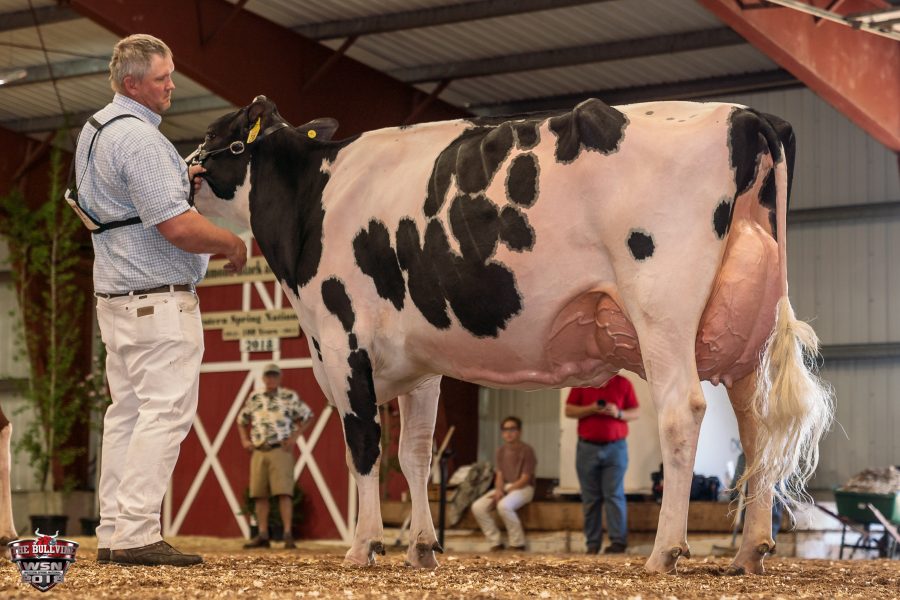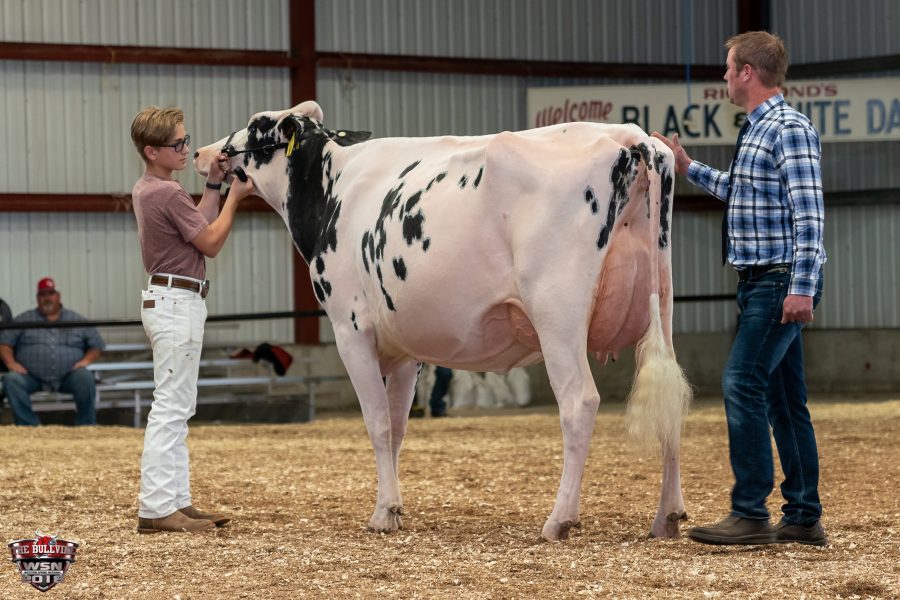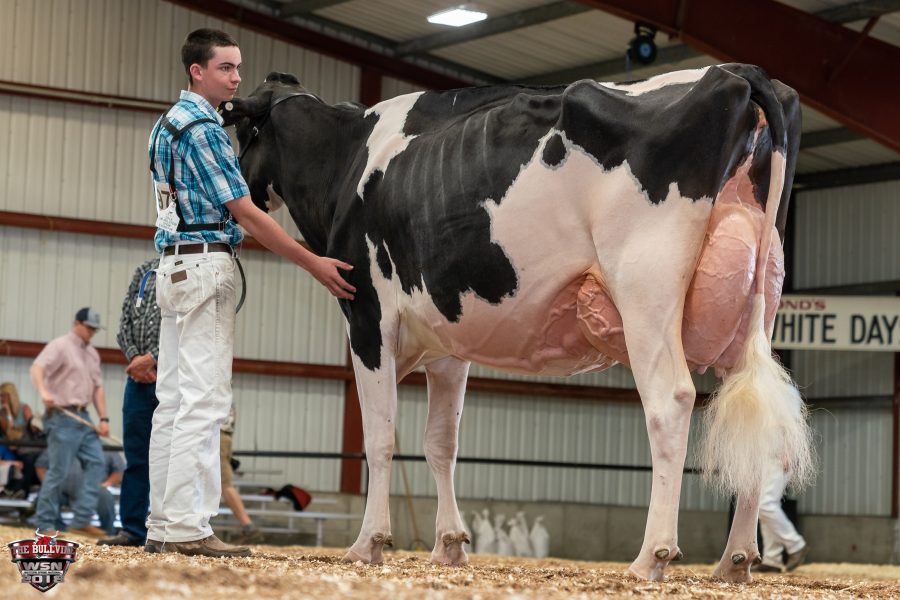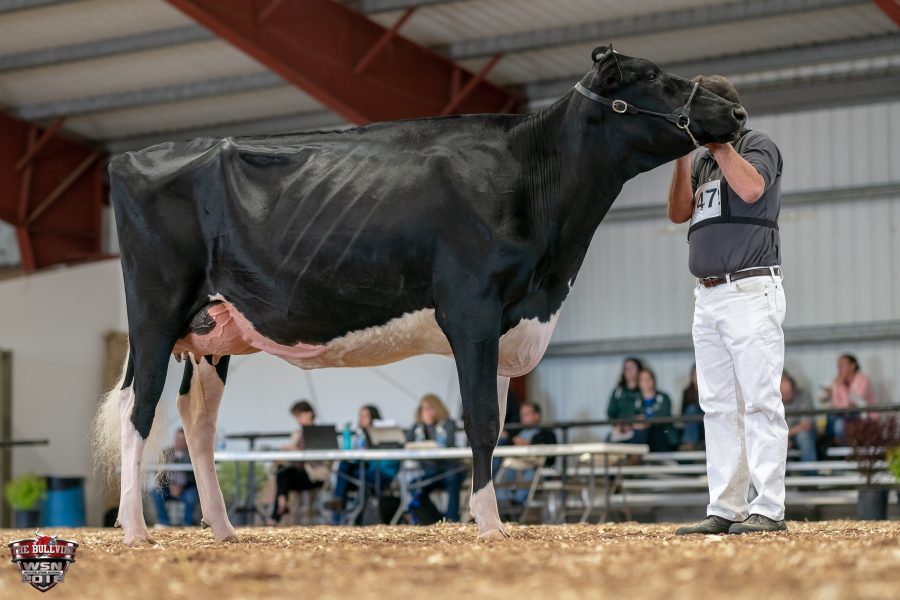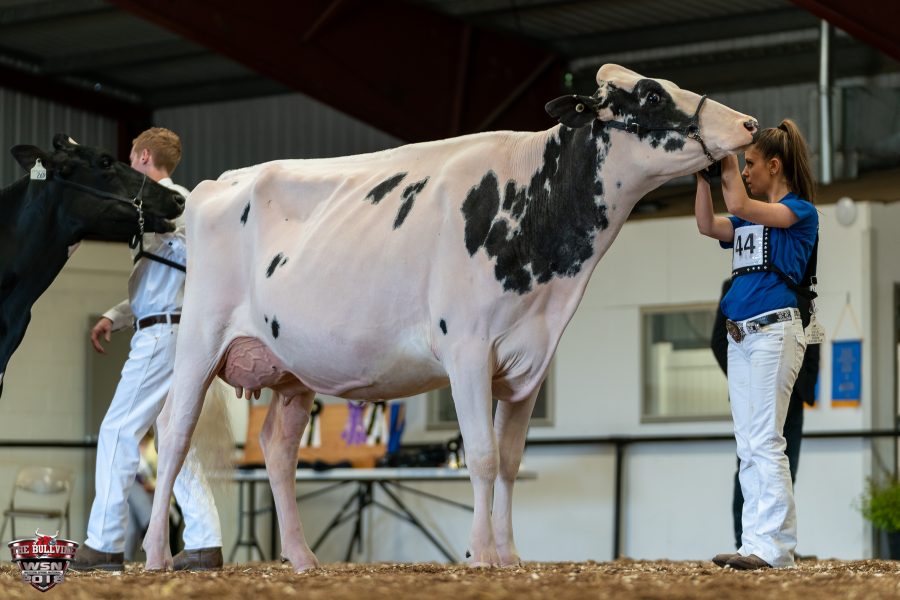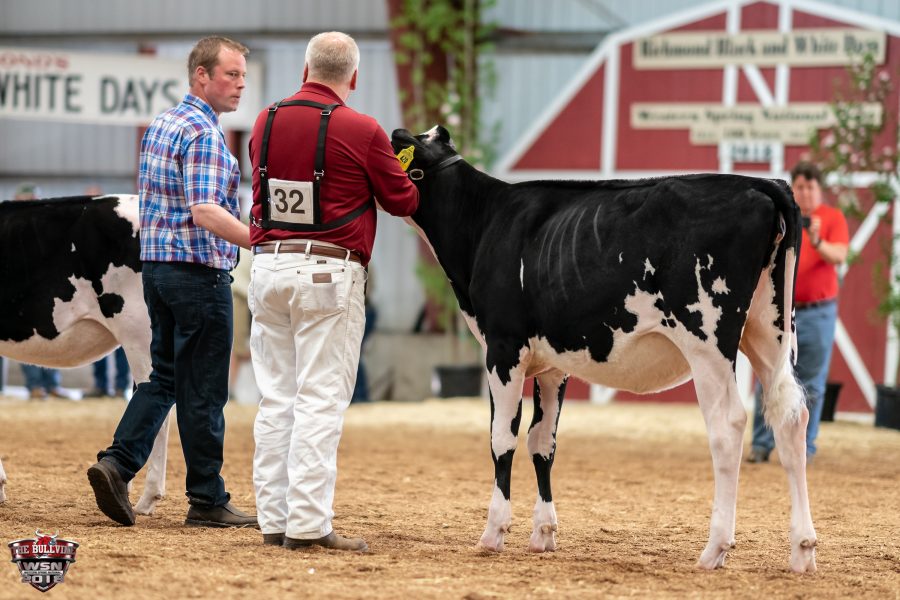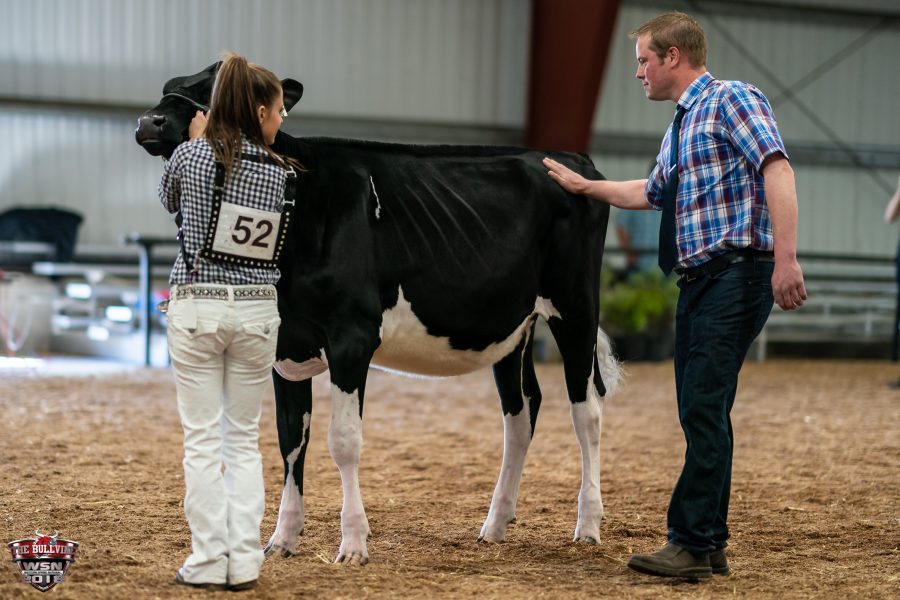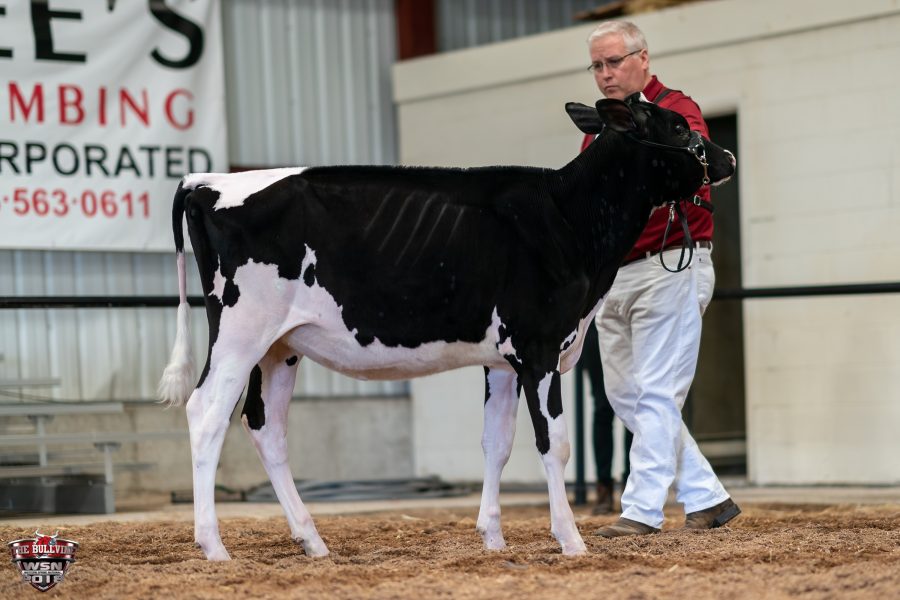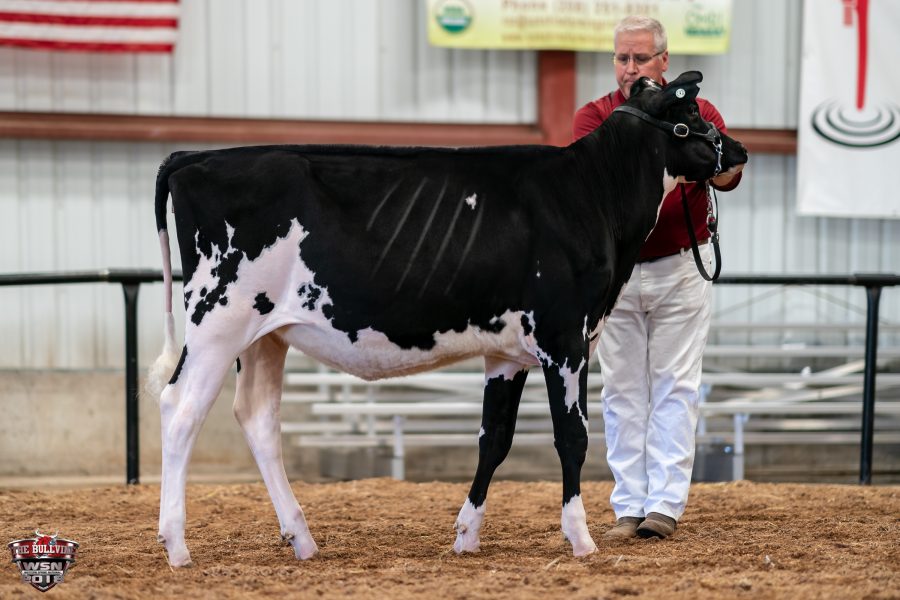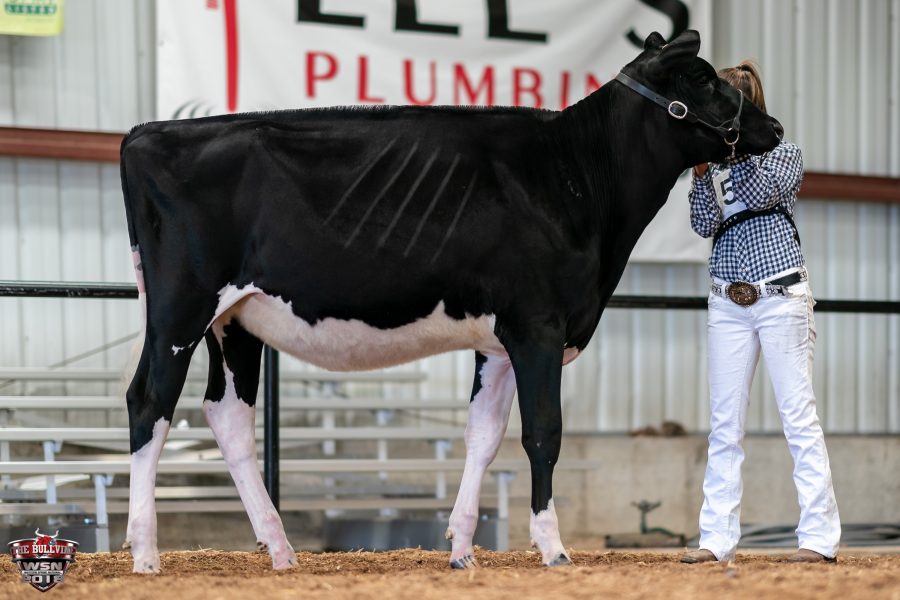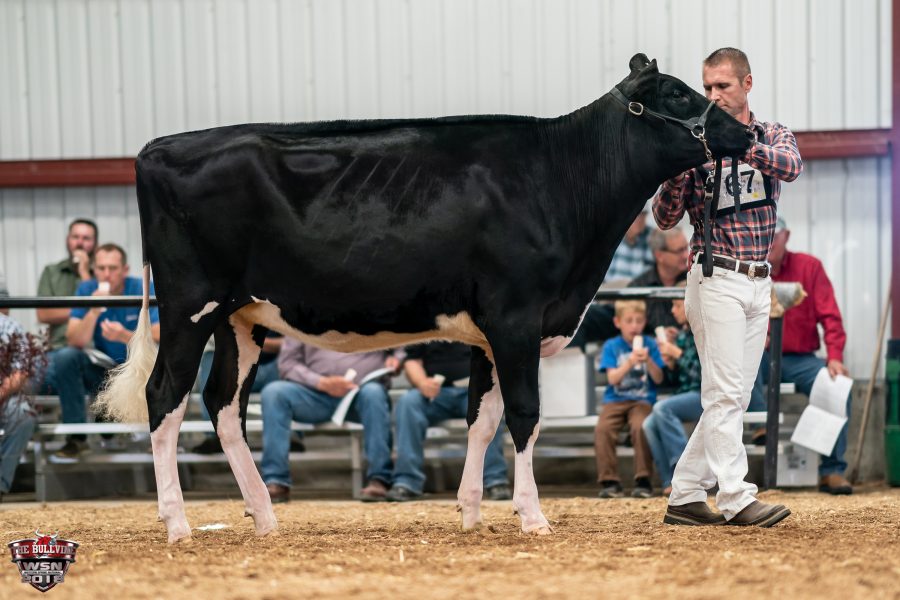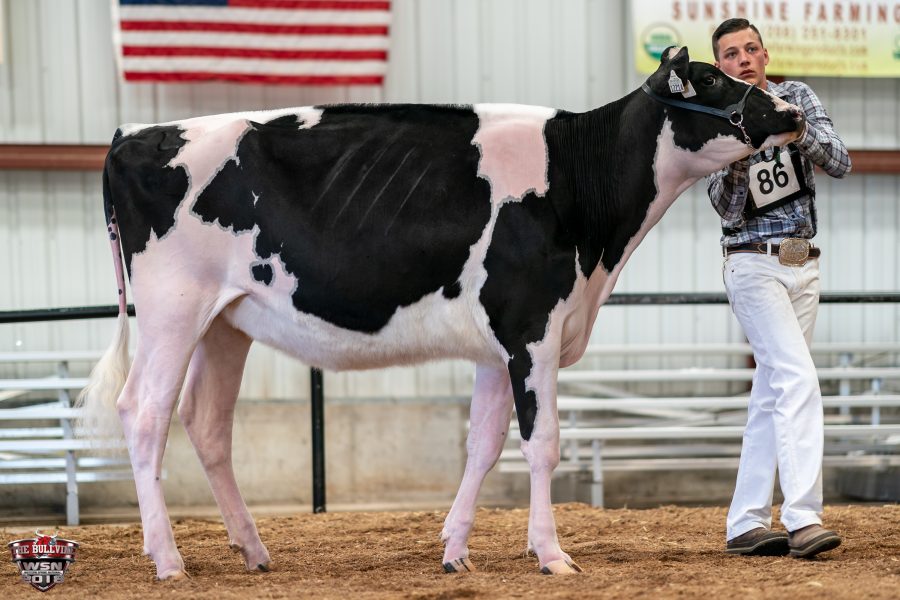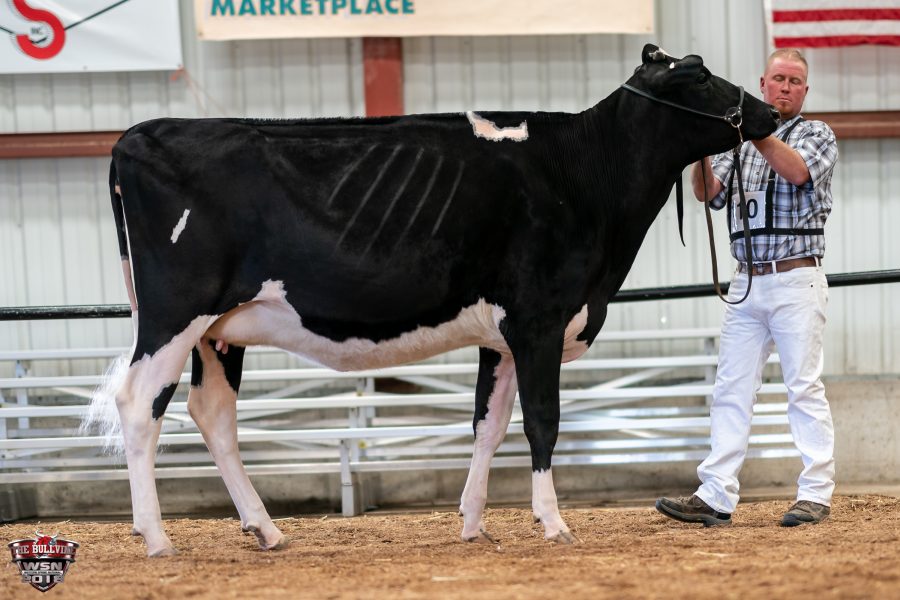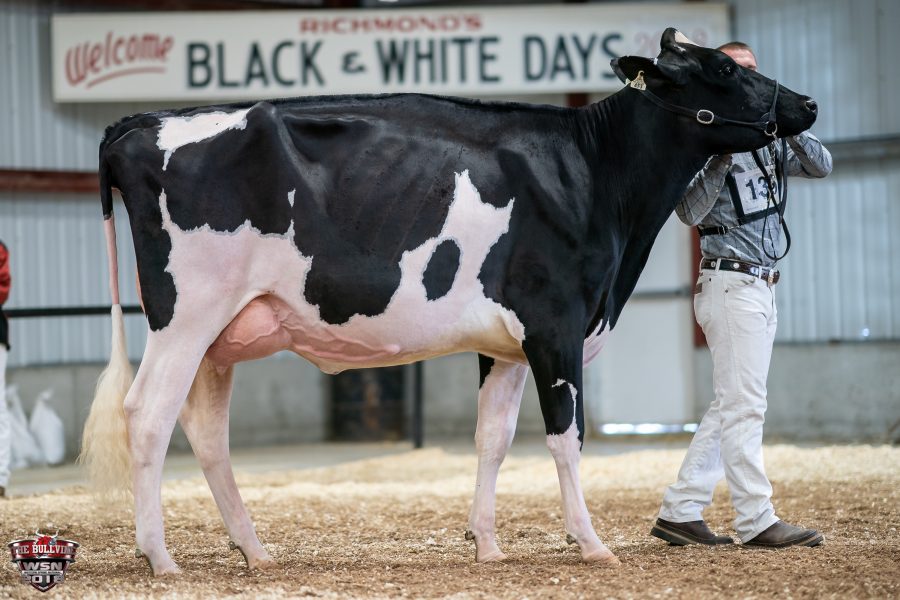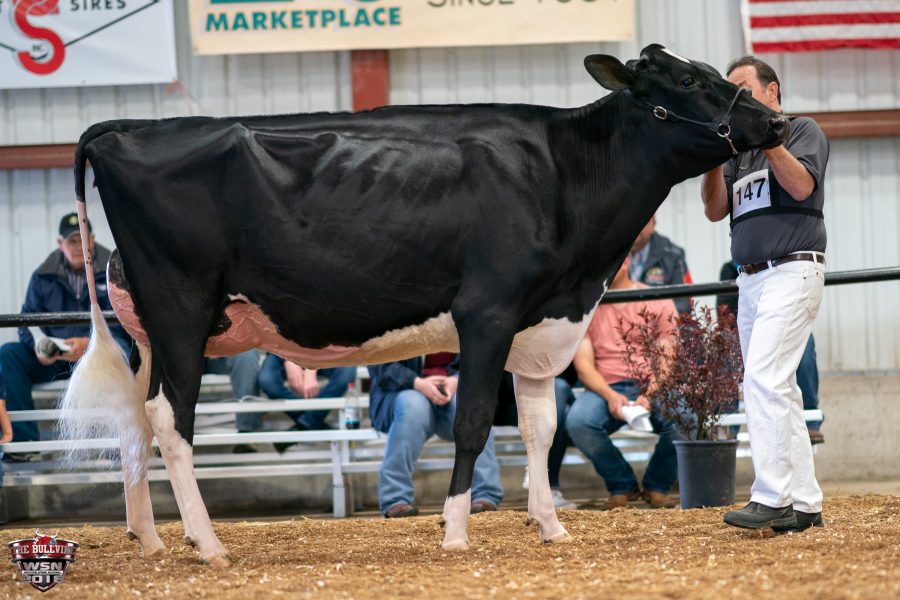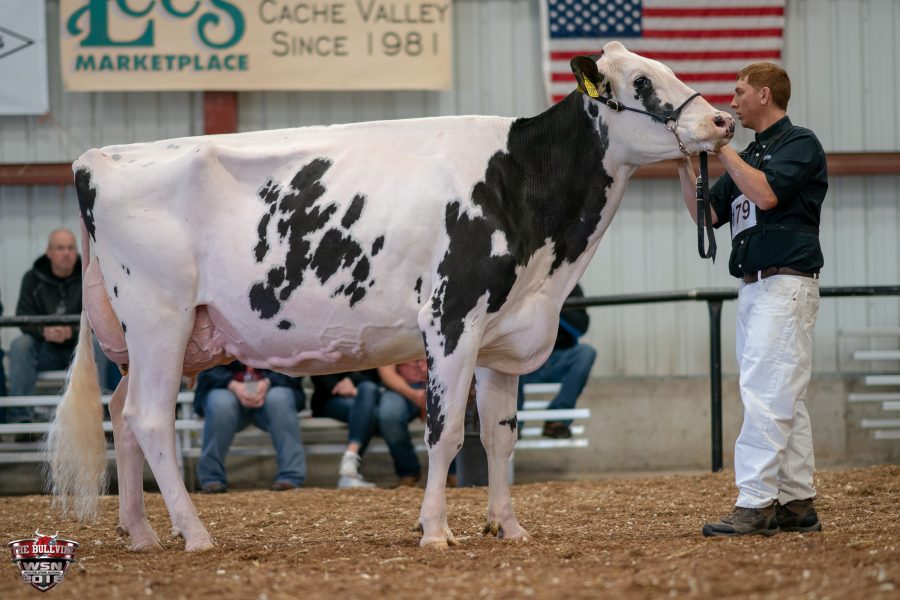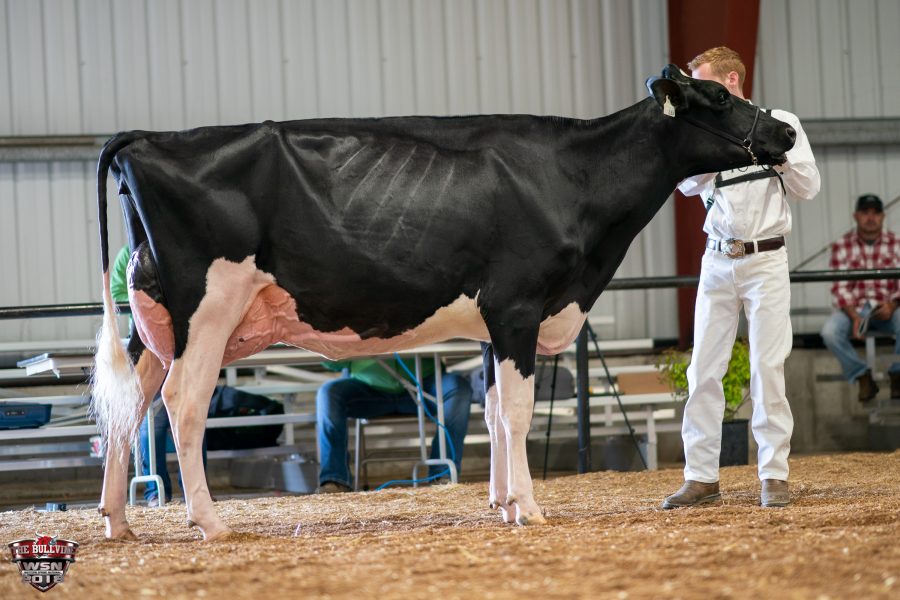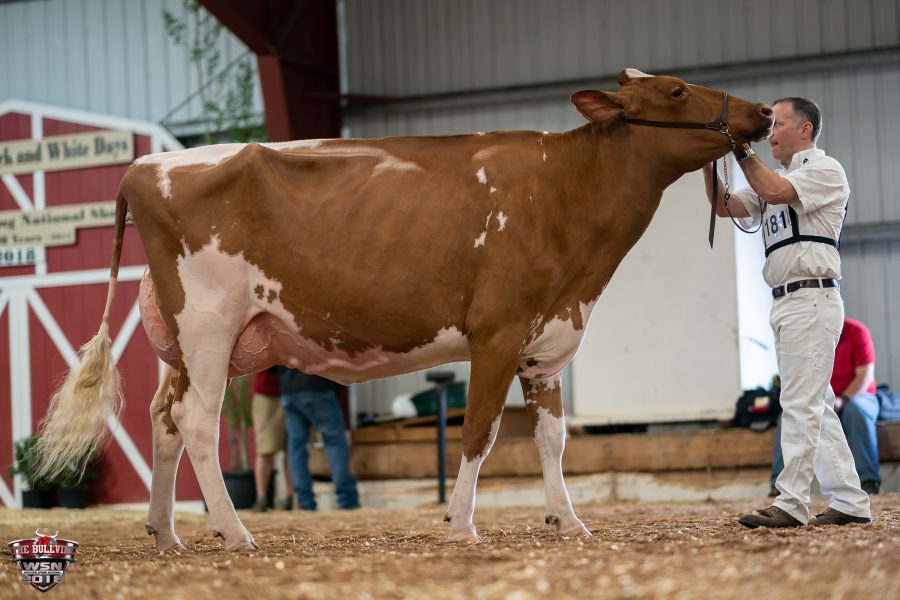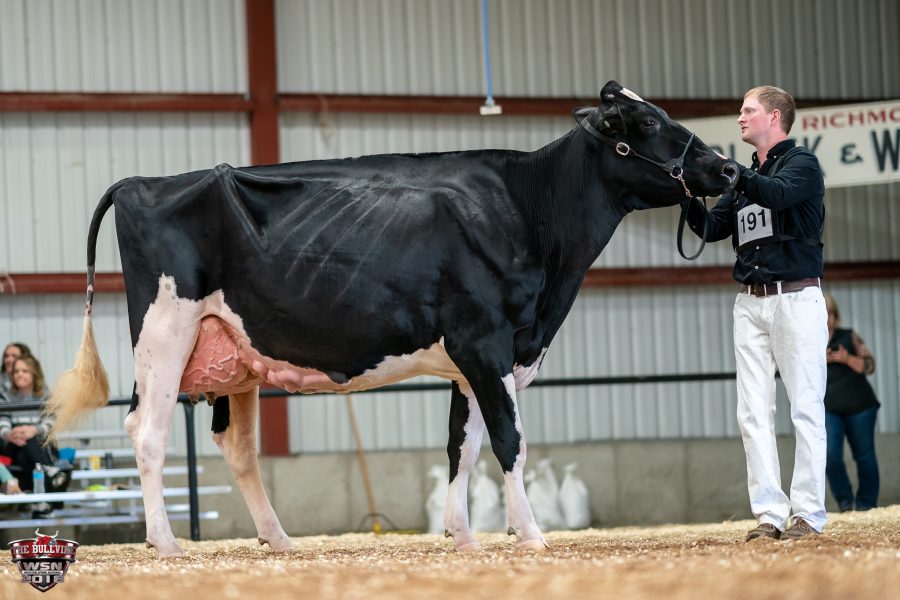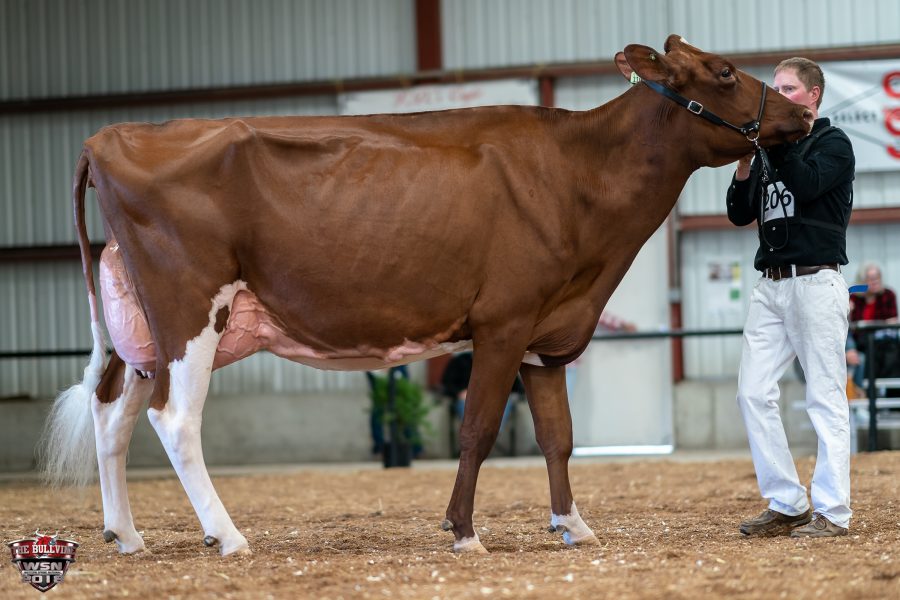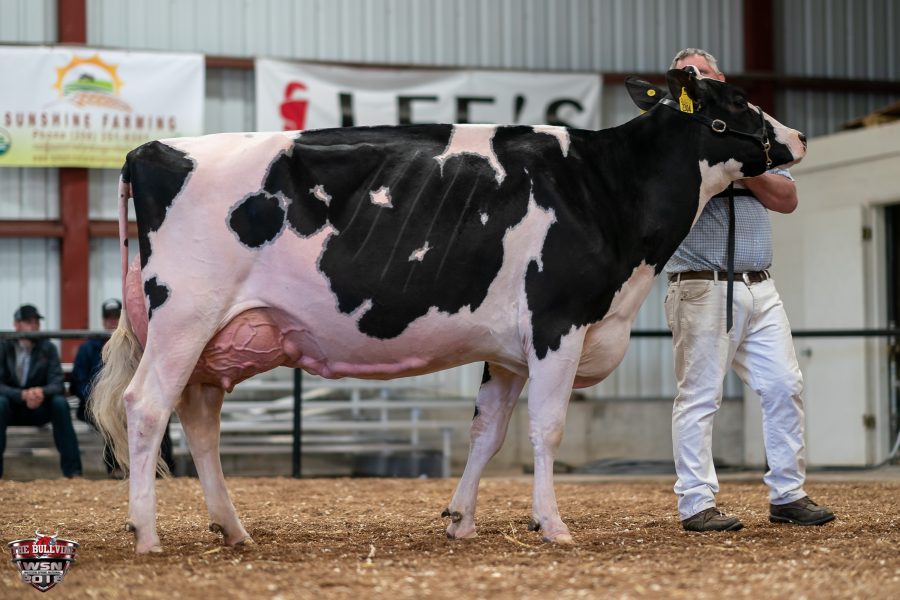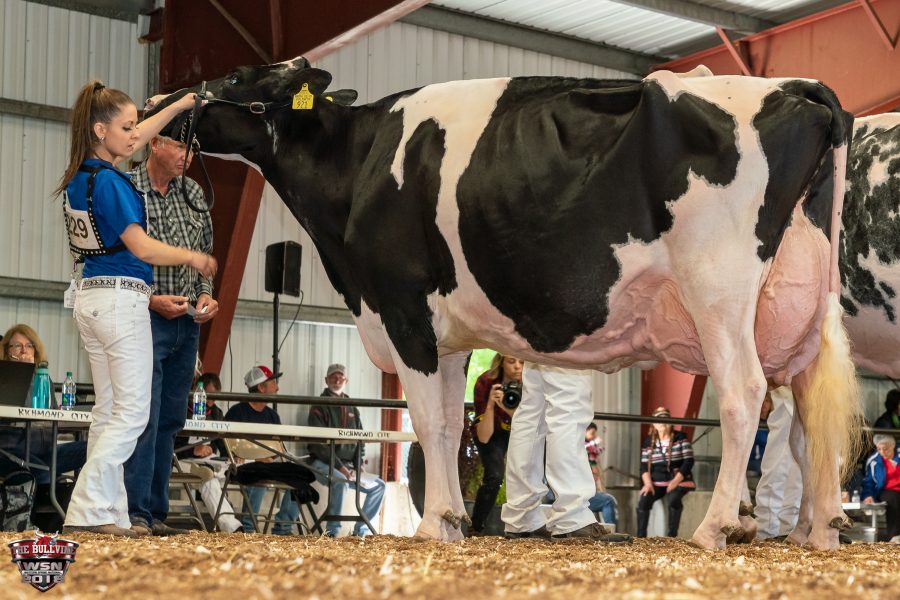Remember when you were considered forward thinking if you could verbalize your 5-year plan in 5 minutes or less? At a milk board meeting? Well, those days are long gone. Today, dairy strategists are urging passionate dairy business owners to plan using two-time frames at once. First. Set up a short-term plan to deal with actionable goals to be completed in three years or less. Second. Keep your eye on the long-term plan by knowing how you fit into a 50-year dairy cycle.
Don’t Be Backward About Looking Forward 50 Years
A colleague recently said to me, “If you don’t have a plan for where you are going, you shouldn’t be surprised if you don’t get there!” Without strategic planning, a modern dairy farm manager is left with two options—reaction or randomness. Reaction is rarely a path to success and is usually expensive. Randomness, or considering everything and moving in all directions hoping something will stick, is time-consuming and resource wasting. Of course, the best case scenario is to have access to someone with vision, experience and dairy knowledge that could look ahead and, with supported reasoning, provide us with a glimpse into the future of dairying.
Jack Britt, PhD, Professor and Associate Dean Emeritus from North Carolina State University, Raleigh, NC, USA is exactly such a person. His recent publications in the Journal of Dairy Science take the long-term view of 50 years, which from his starting point, refers to 2066 (Journal of Dairy Science Britt et al, 2018). One of the notable forecasts refers to the number of herds and their size. “My projections along with those from other dairy specialists, indicate the number of cows and herds in the U.S. will decline sharply by 2066. The U.S. Census projects a population of 410 million people by 2066. If milk consumption is similar to today’s per capita or per person consumption, we will need around 5 million cows to produce the milk, depending on actual yield per cow. At 3,500 cows per herd, that means that we could produce the country’s milk with 1,300 to 1,900 herds, depending on the actual production level per cow.” Nineteen hundred herds. Thirty-five hundred cows per herd. Picture that!
Is Strategic Planning A Waste Of Time? Or A Money Maker?
Having read Dr Britt’s forecast on herd numbers and cow production numbers, you could decide to dismiss it as not relevant to your situation. However, the clearer the picture we have of the future, the more likely it will be that we can make decisions now that will move us in that direction. To determine if this is possible means taking a second look and considering the changes in the dairy industry in the future as foreseen by the nutritionists, geneticists, veterinarians, reproduction specialists and dairy farmers who joined with Britt in considering the longer view.
“Dairy farmers in 2066 will meet the world’s needs for essential nutrients by adopting technologies and practices that provide improved cow health and longevity, profitable dairy farms, and sustainable agriculture, “says Jack Britt.
Furthermore, Britte et al. forecasts “that larger dairy farms will continue to make greater use of automation to reduce costs. Improvements in genetic selection will lead to dairy cattle lines that are healthier, produce milk more efficiently, and are more disease and heat-resistant.”
Is Your Planning Strategic Or Standing Still?
Strategic planning, especially long-term strategic planning, is absolutely necessary in a fast-changing dairy industry. There are many records showing that the root cause of many dairy disasters can be attributed to pursuing short-term goals ahead of long-term ones. Unfortunately, too often many dairy operations, especially those with considerable investments or those with generations behind them, are tempted to consider that the process that leads to an annual budget can be a substitute for strategic planning. The once a year dreaded exercise of preparing a detailed budget is indeed great for clarifying the reality of financial dependencies of the dairy, but it is not a strategy. Instead, the effective dairy strategist determines what future success looks like, which problems to face head-on, which size and production milestones to target along the way, and where to allocate resources. Financial numbers are part of the process but not the only determining factor.
Prepare A Quick Response Action Strategy
With long-term understanding and goals identified, it’s time for short-range innovation strategy to make sure that your dairy operation is profitable and sustainable. Looking back fifty years and saying, “Well. We’re still here!” is no guarantee that the same will be true in 2066. Where is your farm relative to automation? What progress has your herd made regarding feed inputs and milk production outputs? It isn’t always the lowest cost that results in the best production. What management strengths will keep your herd viable?
The science behind determining the future of dairying may provide good signposts for decision making, but like any forward planning, the critical part is the action plan that gets you there.
Many of us have been motivated by five-year-plans and are fans of the 50-page strategic outline and marathon team building exercises. But just like longer hours don’t automatically mean that you have done better work, longer business plans don’t necessarily mean better ones. We need to carry out long-term plans without being distracted by every dire prediction that comes our way. At the same time, we need the short term consistency that builds efficiency. We need to plan ahead, start today and be flexible when things don’t work out as expected.
New Frontiers – “Dairy Cows Will Be Gene Based Rather Than Breed Based”
If we are to keep the dairy industry moving into a future defined by sustainable success, we need to have a clearer understanding of the way in which dairy breeding could be carried out in the future. Brett paints an interesting picture. “By 2066, the dairy cow will be decidedly different from today’s average bovine. Almost everyone predicts cows of the future will comprise genes from several breeds. In addition, much of the crossbreeding between and among breeds may occur in the test tube where desirable genes from one breed will be moved into another breed via gene editing. This reproductive and genetic philosophy essentially represents controlled crossbreeding. It would be a much more efficient strategy to move desirable genes from one breed into another breed. It differs from conventional genetic engineering because the genes are being moved within species and maybe even within a breed. For example, a gene that codes for improved resistance to a particular disease within a breed might be moved into male embryos being used to produce bulls for A.I. or into embryos for sale.” If we resist these types of changes, are we fighting progress? What alternatives do you see happening in the next decades? Is staying the same an option?
Do You See Your Cows Clearly Or Is Blind Optimism Preventing Progress?
Expecting the banks and consumer to suddenly “see it our way” is not strategy, it is unsupported blind optimism. You may not be able to control the future, but strategic planning can create a direction for your dairy. Without strategy, you will likely take action only to address immediate problems—a kind of crisis management approach. Strategic planning gives you the structure to make day-to-day decisions that follow a larger vision. For instance, let’s look at the 57,000 pound figure forecast by Jack Britt. He gives us his reasoning.” This 57,000 pound figure represents a tremendous amount of milk per cow. However, it stands below top records that individual cows have produced over the last five decades in the U.S. About four decades ago, the record Holstein produced 55,000 pounds of milk in one year, and since then, records have climbed to nearly 75,000 pounds as of December 2015.” He continues putting it in perspective. “An average cow today produces 2.65 times as much milk annually as an average cow did 50 years ago. If we take today’s average and multiply it by 2.65, we project 59,341 pounds per cow, so our forecasters seem to be right on target and maybe a bit low…” Something to think about. How does it apply to your dairy operation? Your cows?
New Market Demands. Real World Challenges.
There are several long-term challenges beyond the farm gate that face agriculture over the next 50 years. One of the most threatening is the growing negative perception that consumer’s have toward modern agricultural practices. They take for granted that modern agriculture has a negative environmental impact. These handed down stories from the mid-1900s are used as proof. The facts that are rarely getting headlines actually are much different. “Virtually all agricultural practices have decreased their environmental footprint on a per product basis. The US beef industry in 2007 used 70% of animals, 82% of feed, 88% of water and 67% of the land than what was used to produce the same amount of product in 1977 (Capper, J.L Journal of Animal Science, 2011). Unfortunately, these statistics are not receiving the proactive dissemination that will lead the millennial generation to believe in the benefits of progressive agriculture. How does this fit into our forward planning?
THE BULLVINE BOTTOM LINE … Big Picture Action Or Passive Dreamer?
We all love dairying, but we must commit our strategic planning away from annual one night stands to proactive long-term commitment. Like most things in life, it comes down to facing your fears. If you can muster the courage to address the challenges head-on, you can reap the rewards. Whether you agree or disagree with the ideas discussed here, we hope that you have an idea of how you will move with or ahead of change. This applies whether we are dairying today or dairying fifty-years from today.

Get original “Bullvine” content sent straight to your email inbox for free.





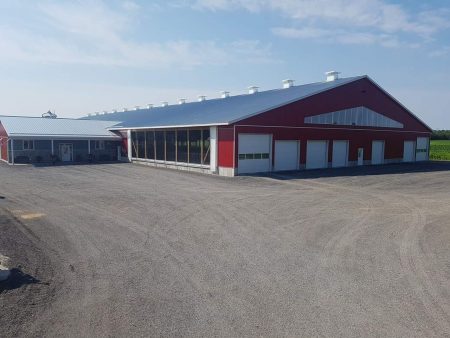 “I am the third generation dairy farmer at our current location which is a half hour South of downtown Ottawa, “says Justin. Riverdown is truly a family farm operation he explains. “I farm with my parents and grandparents and have no employees outside of family labour.” The farm is comprised of 650 acres of which 550 are owned. “We milk 110 cows in a new robotic dairy barn with 2 Lely Astronaut A4 robots.” The robotic change is recent for the Velthuis family. “We moved in just over one year ago. All animals except the show heifers and calves on milk are housed in the new barn.”
“I am the third generation dairy farmer at our current location which is a half hour South of downtown Ottawa, “says Justin. Riverdown is truly a family farm operation he explains. “I farm with my parents and grandparents and have no employees outside of family labour.” The farm is comprised of 650 acres of which 550 are owned. “We milk 110 cows in a new robotic dairy barn with 2 Lely Astronaut A4 robots.” The robotic change is recent for the Velthuis family. “We moved in just over one year ago. All animals except the show heifers and calves on milk are housed in the new barn.” 